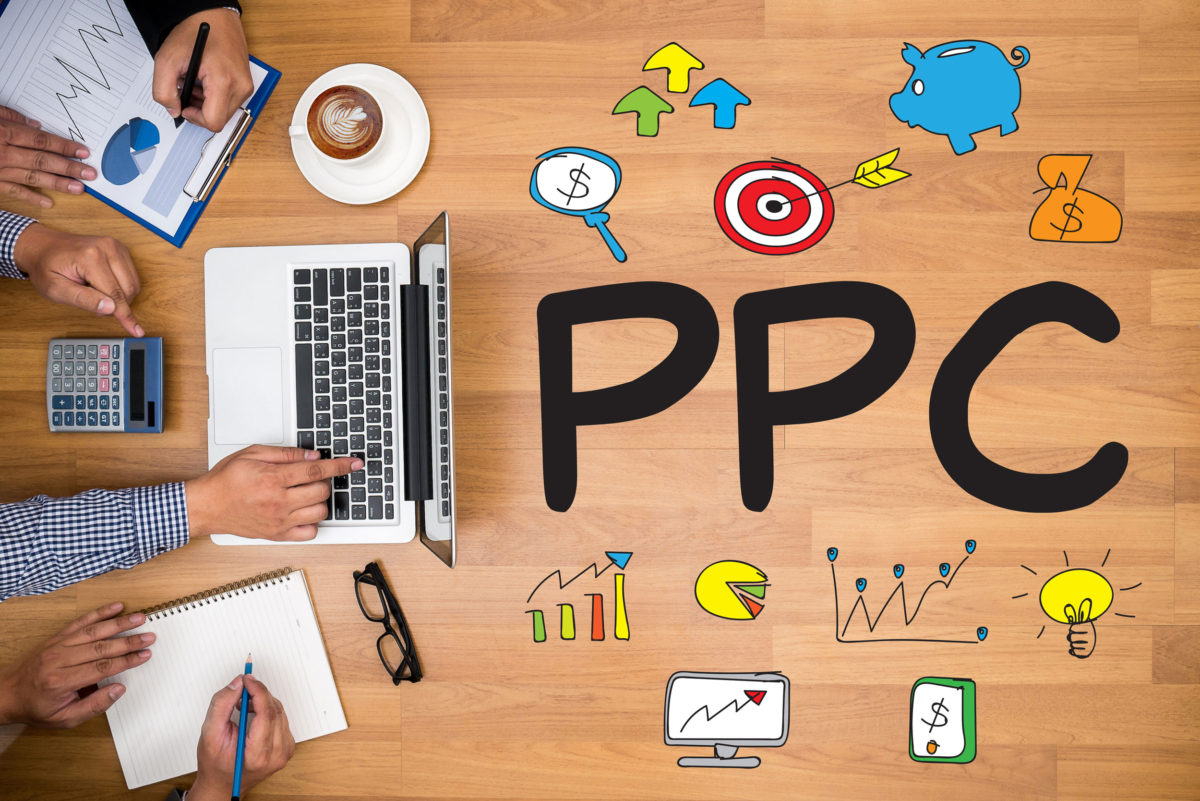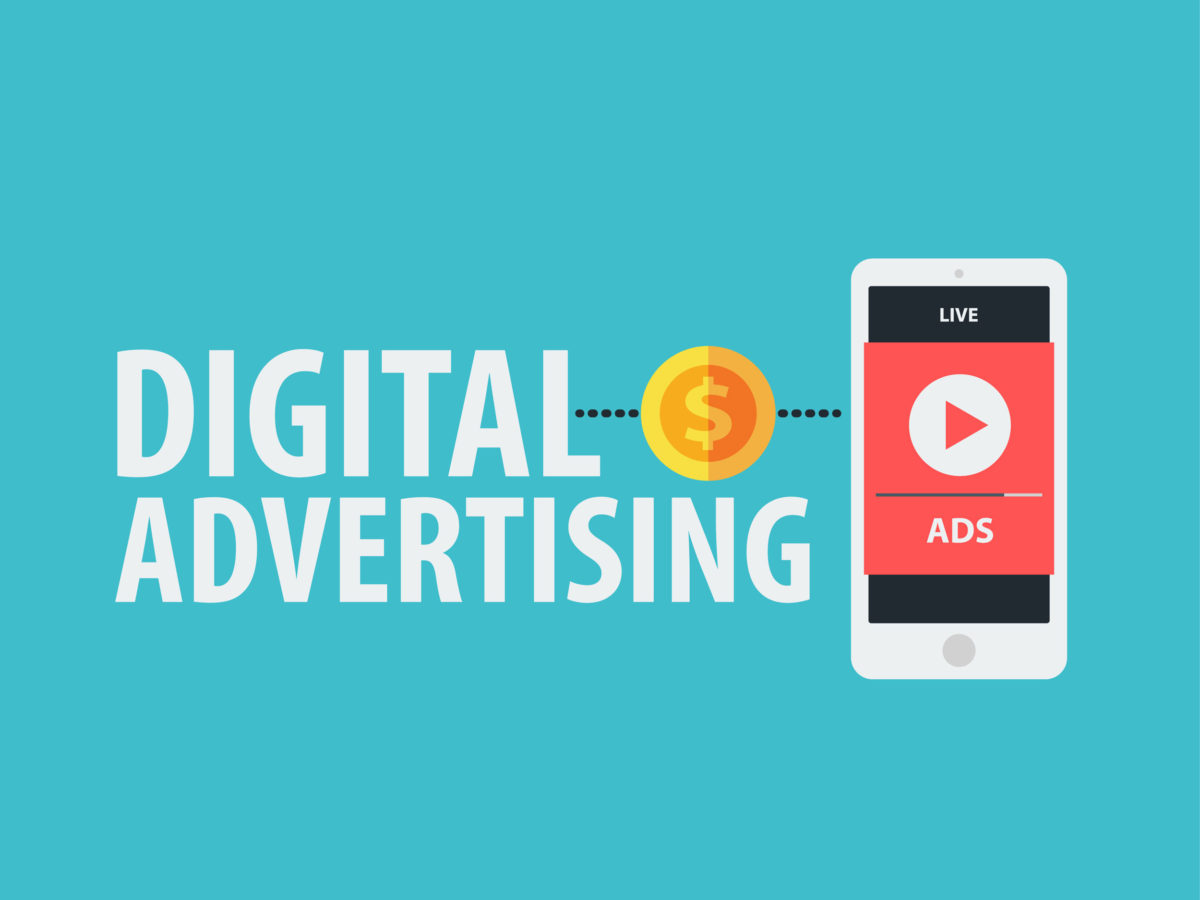The fear of mishandling budgets is omnipresent in a digital marketer’s life.
There are often defined campaign budgets to stick to, key performance indicators (KPIs) to meet, and capricious clients to cater to.
On top of all that, software tools that make your task easier— such as Optmyzr, ReportGarderden, Supermetrics, etc.— are expensive, and not every agency relies on them.
However, budget pacing is integral to any pay-per-click (PPC) campaign and allows you to utilize budget spend effectively before the end of the budgeting cycle. It also helps marketers pace spend more smoothly throughout a cycle, ensuring maximum visibility for all advertisements.
How You Can Track Budgets on Your Own
Tracking Tools
To track budget spend carefully, you can use widely available, free tools such as Google Excel or Google Sheets. The advantage of choosing these is that they allow daily refreshing and document sharing. It’s also easier to account for daily fluctuations as you will be tracking based on day-of-week spend.
To start, list the categories you will be tracking on the left-hand side of your document. These will include:
• Budget Cycle Length
• Budget Cap
• Spend to Date (for Current Budget Cycle)
• Budget Remaining
• Percentage Budget Spent
• Recommended Daily Spend (to Achieve Budget Cap)
• Important KPIs
Next to each main category, enter the relevant dates. These will be used to calculate formulas for the budget spend. A commonly used formula is:
Fx=(Current Spend/Amount of Days)*Total Days in the Month
Remember to enter formulas separately and in their respective tracking column. The option to track redundancies should be switched on to spot errors as soon as they arise.
Account for Daily Fluctuations
When planning a budget, it is imperative that you account for day-of-week fluctuations. Some days of the week will have a higher cost than others. This matters most when just a few days are left in the budgeting cycling. Remember to adda function that will calculate the historical day-of-week distributions to avoid mismanagement.
Avoid Overspending
An easy way to avoid overspending your budget is to set parameters for ads beforehand. For instance, if you use Google AdWords, it will calculate a monthly budget based on the daily budget you set and ensure you stay within limits during the month.
To avoid overspending on campaigns manually, adjust some of the parameters:
• Get rid of non-converting networks, campaigns, keywords/placements/audiences, ads, etc
• Change budget allocation depending on the performance
• Tweak your daily spend caps based on daily/ weekly trends or promotional events
• Refine “too-broad” targeting strategies
• Add negative keywords
• Evaluate bidding strategies
• Test driving spend to lower cost ad networks/channels
• Hold back on some of the budget to boost spend on promotional days



